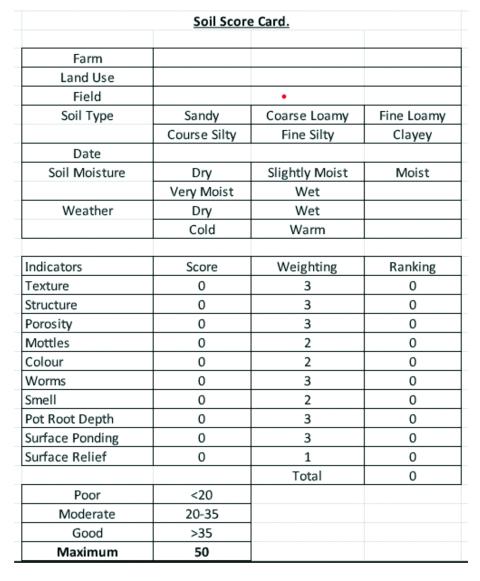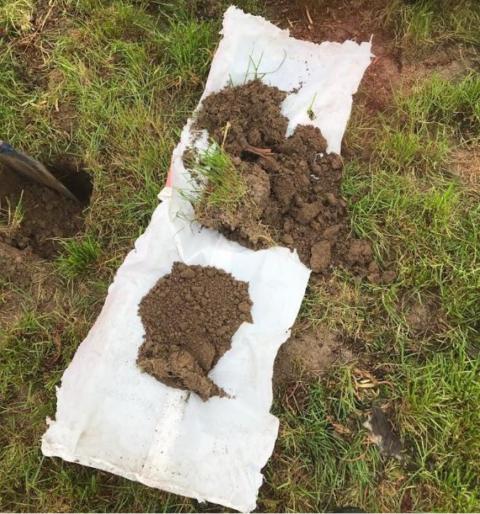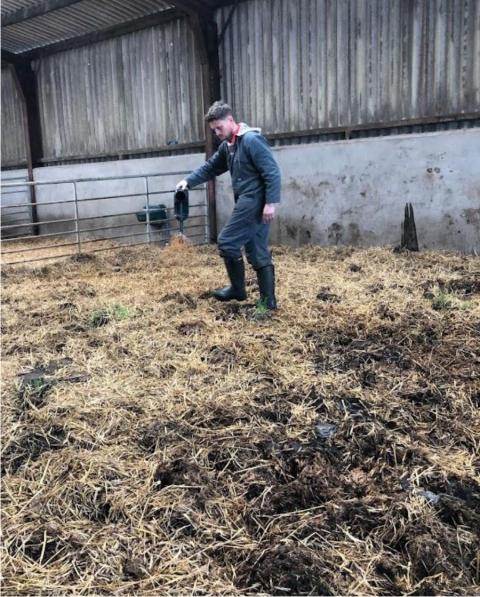Llwynmendy Project Introduction: Correlation between earthworms and soil health, in addition to evaluating bokashi (fermenting organic matter)
Site: Llwynmendy, Llandeilo, Carmarthenshire
Technical Officer: Gwenan Evans
Project Title: Correlation between earthworms and soil health, in addition to evaluating bokashi
(fermenting organic matter
Project Objectives:
- Determine the overall soil health of all fields
- Detect where there is any correlation between worm numbers, grass growth and nitrogen application
- Evaluating the benefits of bokashi
Background:
Soil health is fundamental for sustainable farming. Research has shown that a fresh worm cast can hold as much as five times more accessible nitrogen, seven times more accessible phosphorous, and 11 times more accessible potash, than the surrounding top soils. Under ideal conditions, a healthy earthworm population can process around 12 tonnes of soil and organic matter in a year. Earthworms play a critical role in mixing and aggregating surface leaf litter with soil, as well as improving soil structure and microbial decomposition of organic matter.
Healthy earthworm activity results in:
- Improved nutrient availability
- Improved drainage
- Improved soil structure
- Improved productivity
Introduction:
The overarching aim of the project will be to determine the soil health in the context of worm numbers and soil organic matter.
During this project, we will be assessing the soil health of all grazing fields at Llwynmendy by using a Soil Health Matrix, as seen on the right:
The second part of the project will entail fermenting manure from the dry cow shed. The process is called ’bokashi’ (Japanese for ‘fermented organic matter’), a similar process to ensiling forage crops. Traditional composting is an aerobic process that generates heat, which means energy and valuable nutrients are lost. In addition, composting emits a significant amount of carbon. Composting loses 62% of its total mass to volatilisation, and 58% of its organic matter – of which 50% is carbon. This means that 10t of organic matter would lose 3t of carbon. In comparison, only 3% of carbon is lost during the bokashi process.
Method:
By applying active micro-organisms directly onto manure before cleaning out the shed, the solution is able to mix thoroughly through the manure whilst scraping out into a heap. The heap will then be covered and ensiled tightly with plastic sheets and tyres, similar to ensiling a silage pit. The fermenting process will take up to eight weeks, when Rheinallt Harris, who farms at Llwynmendy, will then apply the manure to a random plot on a grazing field. Samples of the manure will be taken before scraping out and eight weeks after treatment, and also from a non-treated manure heap, to compare nutrients.
Assessing soil health and recording soil score
Rheinallt Harris of Llwynmendy applying active micro-organisms



